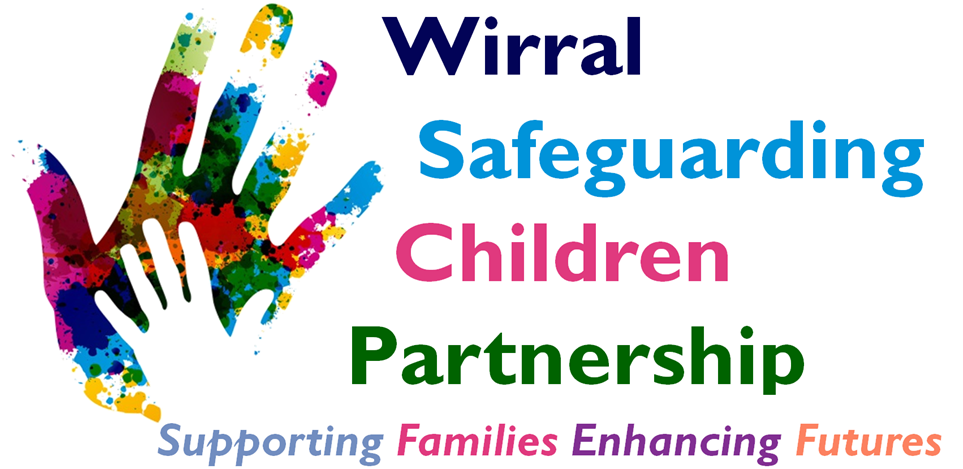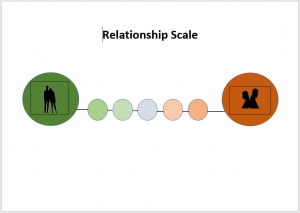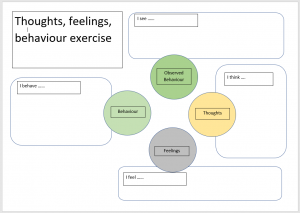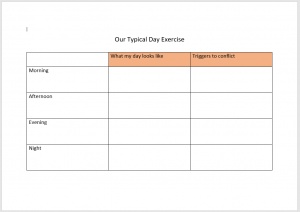Reducing Parental Conflict Resources for Professionals
Thank your for attending the WSCP Reducing Parental Conflict Training. On this page you will find the resources used in the training. These materials are only being made available to those that have attended the training.
What is Parental Conflict?
It is normal for two parents to have different ideas, opinions, values, and priorities. Part of being successful in a relationship with another person is being able to use appropriate communication skills, so differences of opinion can be worked out using healthy conflict resolution strategies.
If parents do not communicate effectively with each other, it can result in chronic, unresolved conflict between them. The same patterns of angry confrontations are repeated over and over again with often no resolution or changes taking place.
This conflict can range from yelling, criticising, blaming, put-downs, mocking, sarcasm and ignoring, but poorly managed this can escalate to domestic abuse such as threats of harm, throwing or destroying things, and physical violence such as grabbing, shoving and hitting.
Parental conflict and domestic abuse
When addressing parental conflict in a relationship, practitioners should continue to be vigilant and confident there are no indicators of domestic abuse, including coercive control and controlling behaviour. If there are signs of controlling behaviour that adversely affects one person in a relationship, this can be an indicator of an abusive relationship. To understand more about Domestic Abuse click here:
https://www.wirralsafeguarding.co.uk/professionals/what-is-domestic-abuse/
Video clips
Video 1 shows children talking about the impact of their parent’s conflict:
Video 2 shows the scenario of a couple arguing in the kitchen which enables us to pull out issues around; history of conflict; the stressors this couple have; how effectively they are communicating. Much of the clip is a demonstration of negative communication.
Video 3 What is empathy?
Video 4 shows the same couple having the same conversation but in a much more constructive and empathetic way
Video 5 shows the couple watching themselves arguing and observing the impact on the child in the room.
Working with parents
Building an effective relationship with parents is essential to allow professionals to support and enable them to achieve change. Be professionally curious in your approach to try and identify what is happening in the relationship. Listen without making assumptions and try to avoid rushing in to “fix it” mode. Allow both parents to share their views and reflect on what has been said to check understanding.
There are a number of tools professionals can use to open up discussions with parents and allow exploration of issues. These include:
Relationship scale: With this tool we ask parents how they would rate their relationship on a sliding scale. This will often highlight differences in how both partners are feeling about their situation and this can be a useful starting point for conversations between them.
Thoughts Feeling and Behaviours: This is a well-used CBT tool. This model seeks to look at the relationship between the behaviour that we observe, the thoughts we have and feelings generated and how we react to this in terms of the behaviour we engage in.
Typical day: This allows us to start to draw out patterns in the day and links to stressors/conflict.
You v I Statements: An “I” message or “I” statement is a style of communication that focusses on the feelings or beliefs of the speaker, rather than thoughts and characteristics that the speaker attributes to the listener. This allows the conversation to be less ‘blame’ and more ‘impact’.



